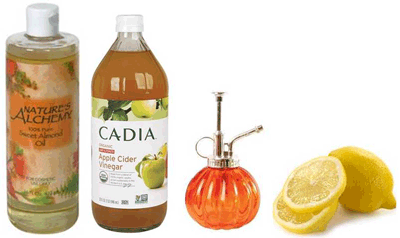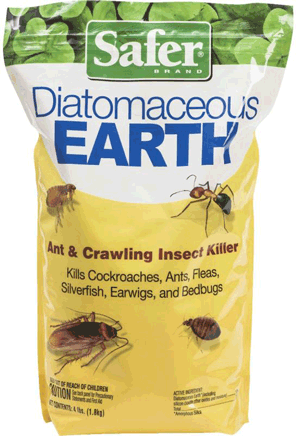Chemicals are commonly used to get rid of fleas but there are repercussions attached to frequent usage of chemicals. Several of these shortcut products are dangerous for human inhalation and animals if applied repeatedly. The question becomes what is the best method one can apply without dying?
Due to the effects of these products, various people choose to work with natural or organic products instead believing it to be safer. The truth is, while organics are safe for humans, some animals react badly to them and in some cases, they are not as effective in the extermination of fleas.
However, the combination of cultural controls and less harmful product may do the ideal job. They should remove fleas from your surroundings especially the garden.
Cultural Methods of Removing Fleas
Fleas cannot thrive in cold areas, they are partial to shady and moist places where they can lay eggs and develop into adults in no time. To combat this, you have to ensure that your yard has no shady or warm area by watering the soil at least once a week, the soli should be completely dry before you repeat. Don’t skip mowing your lawn, reduce the grass to two inches at most, this way it remains exposed to sunlight.
The major way an infestation begins is through the infested small non-domesticated animals prancing around the yard. Fleas will jump from these animals to your pet. To prevent this from happening, build a fence round the house and line it with cedar chips which repel fleas.
Parasitic Nematodes
These are worms that feed on tick and flea larvae. They are found in shady areas just like fleas. Flood the soil with two inches of water before you spray. Mix nematodes as specified by the expert with spray, they apply at 70 degrees Fahrenheit. While spraying, remember to shake intermittently to ensure that the worms remain suspended. Later, flood the area again to release the worms towards their prey.
Diatomaceous Earth (D.E)
This is a finely ground powder, formed from left over fossils of diatoms. The powder has sharp edge that pierces the outer bodies of the insect and other pests effectively killing them. However, this treatment cannot work in rainy season, it will be washed off. The ideal weather to apply this treatment is in dry season. Wear a dust mask and eye goggles and make a long line round the house. Keep in mind that only food grade D.E should be used.
Plants
There are many plants that actually repel fleas although some are toxic to animals such as pyrethrin extracts gotten from Chrysanthemum Cinerariaefolium and citrus oils. DIY products made from orange peels should not be used close to dogs or cats. Generally, spray your yard with these products containing Pyrethrin, limonene and pyrethroids, but before application read the instructions carefully. Concentrate on shady areas where fleas may be hiding.
After the yard is cleaned, treat your pet else the infestation will continue. Vacuum the house thoroughly at least five times a week focusing on beneath furniture, bedding and carpets where the ticks and fleas are. Buy vet recommended spot on products that will kill the parasitic insects on the cats or dogs.

